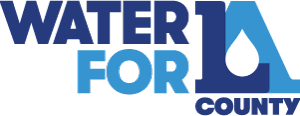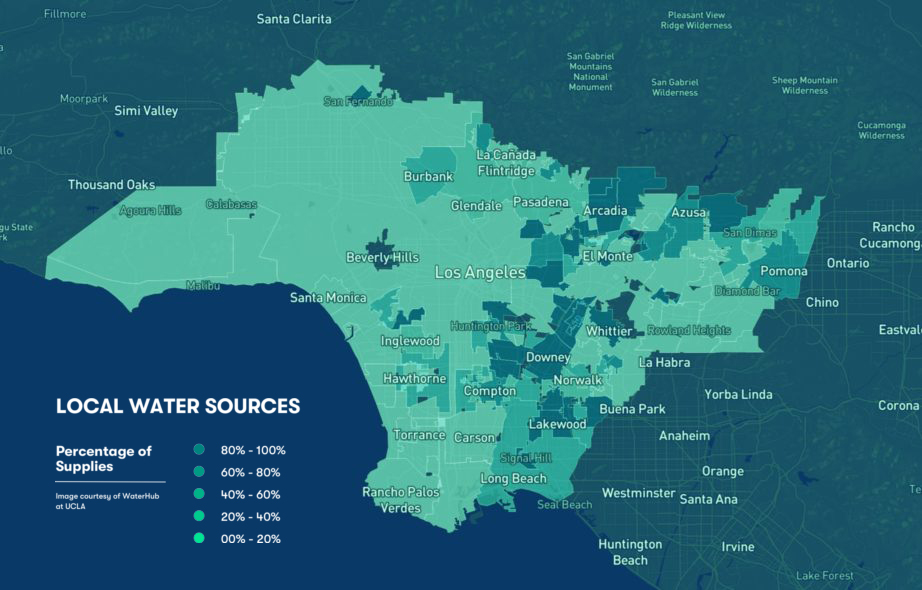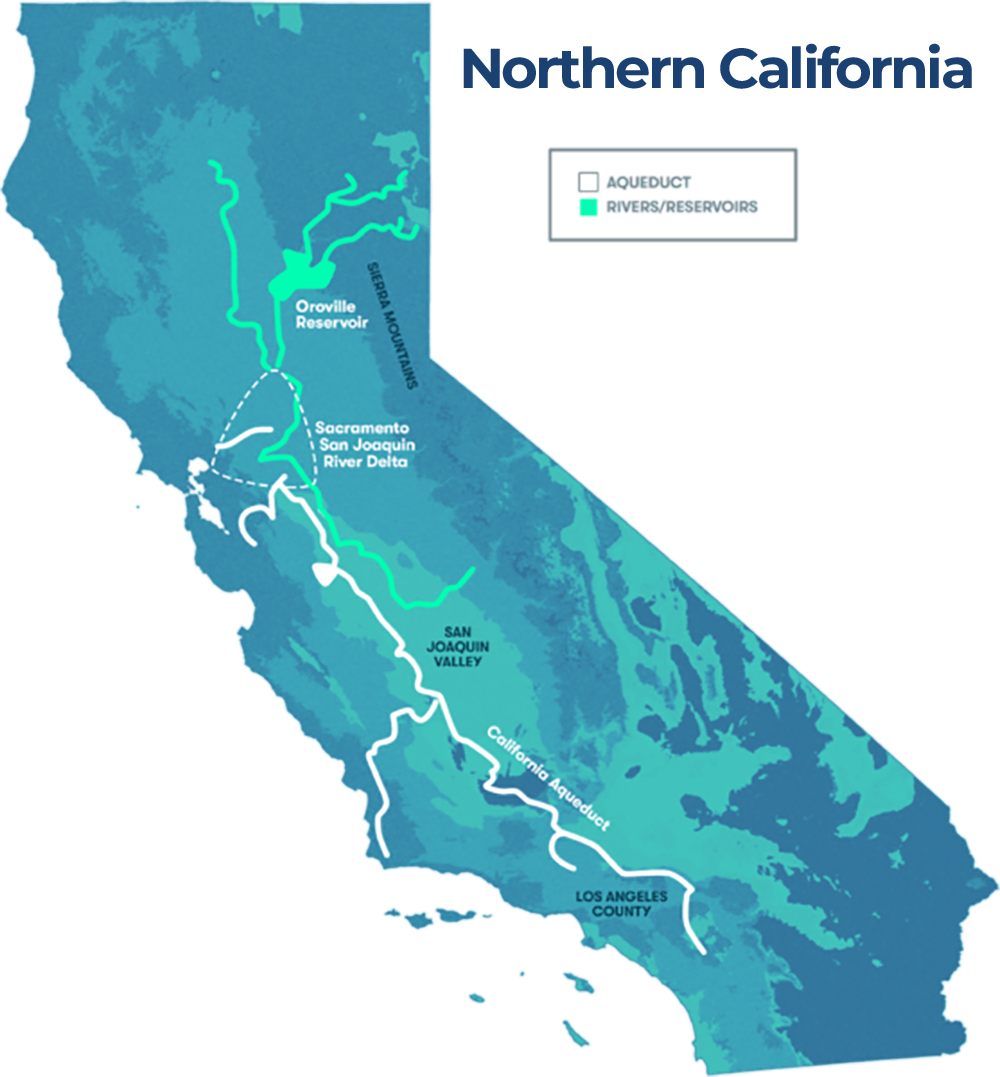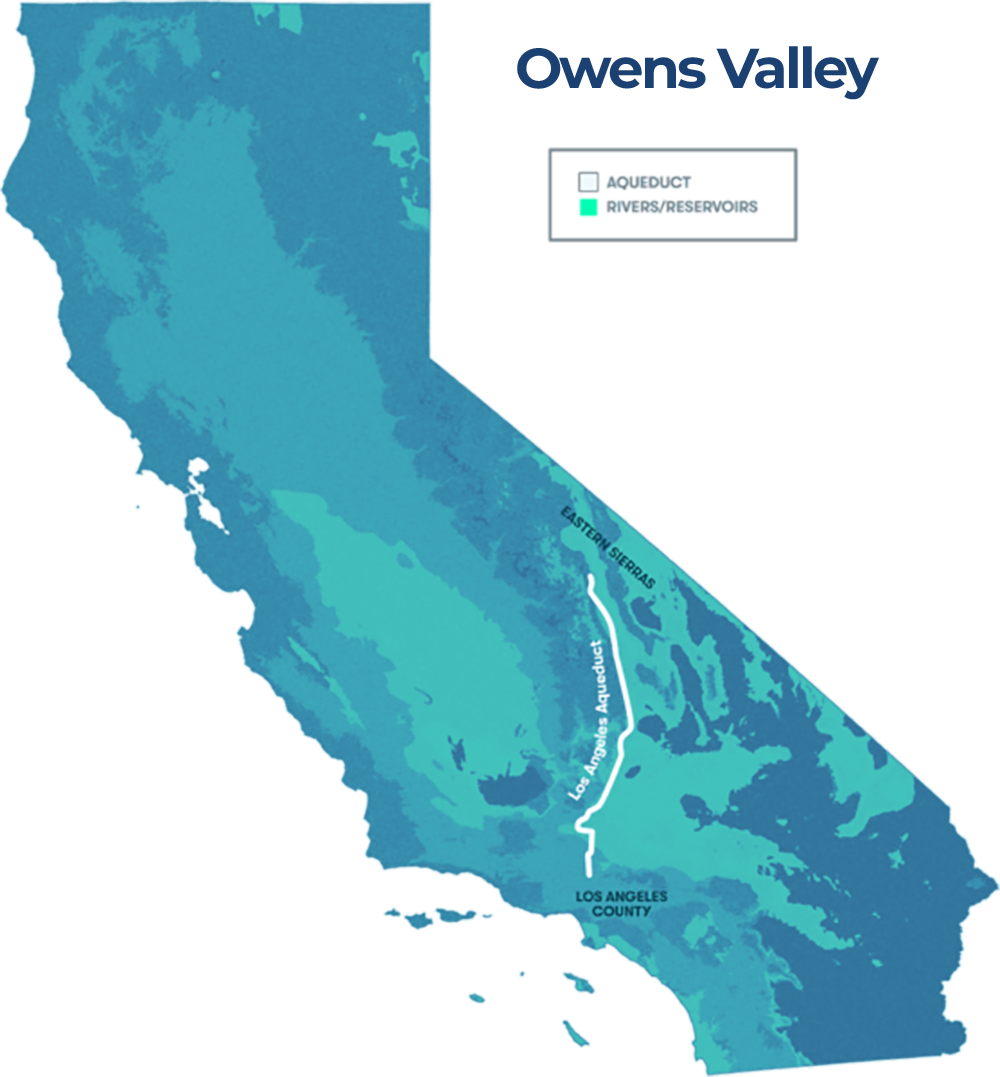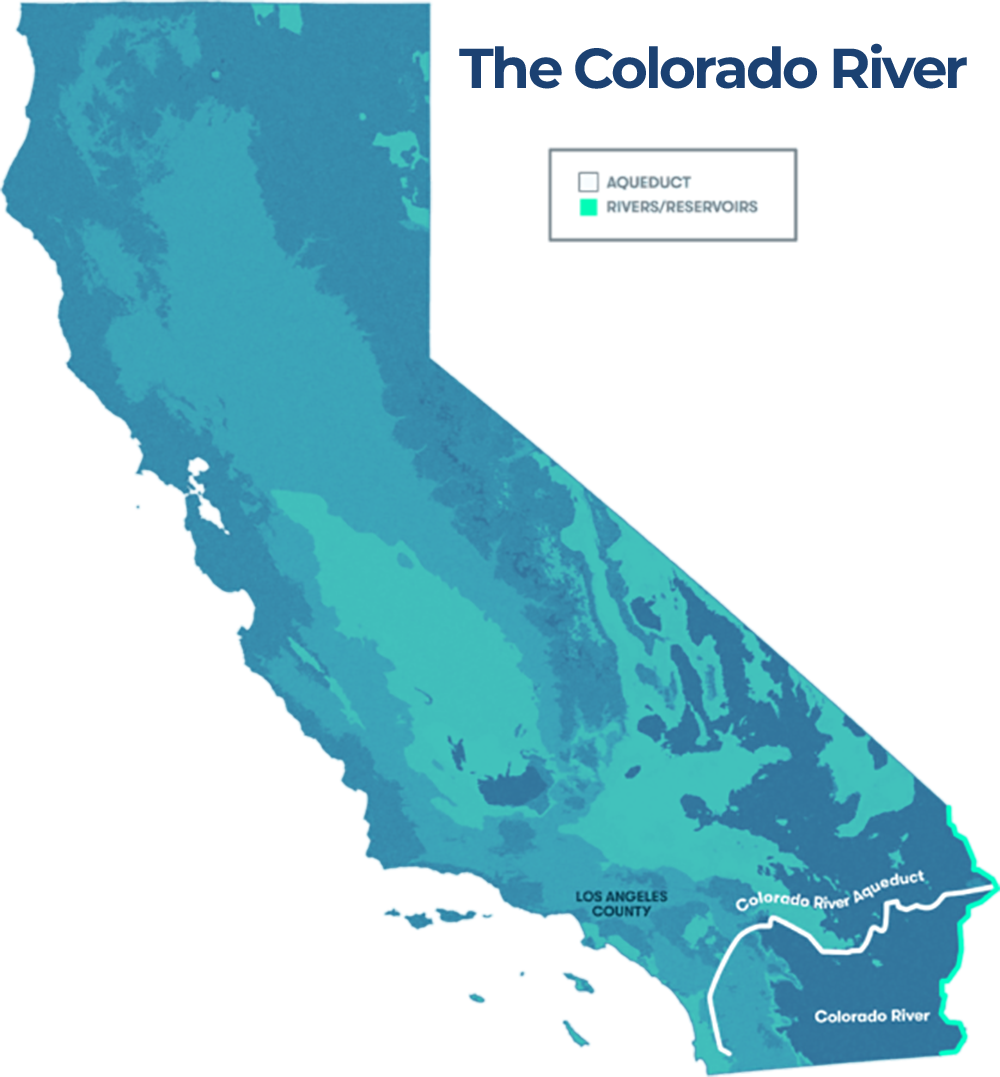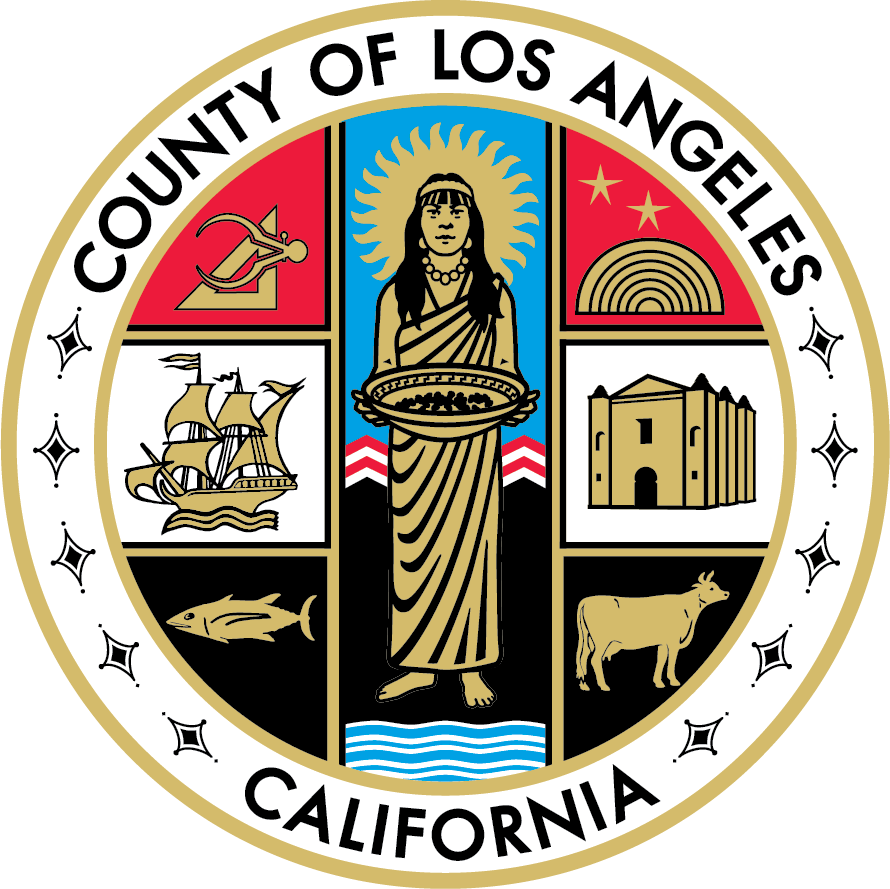YOUR WATER
Water Journey
Introduction
LA County, contrary to what some might think, is not a desert.

Its climate can be more accurately described as “Mediterranean” or “semi-arid.” Which means that most of the time, it doesn’t rain, except when it does, and then it rains a lot. That means the amount of water we have to go around varies dramatically from year to year – anywhere from 4 inches to over 40! This variability in precipitation presents challenges for reliably sustaining the 10 million or so people who reside within the county’s 4,750 square miles. LA County gets roughly two-thirds of its water from a variety of outside sources, from the Sierra Mountains in Northern California to the Colorado River in the east. Delivering water to our taps requires a massive infrastructure network. Without it, LA County would still be a sparsely populated, dry place.
Imported Water Sources
Local Water Sources
Roughly one third of our water supply here in LA County lies under the earth’s surface, bound up in layers of hard soil and clay in what are called groundwater basins, which serve effectively as underground reservoirs.
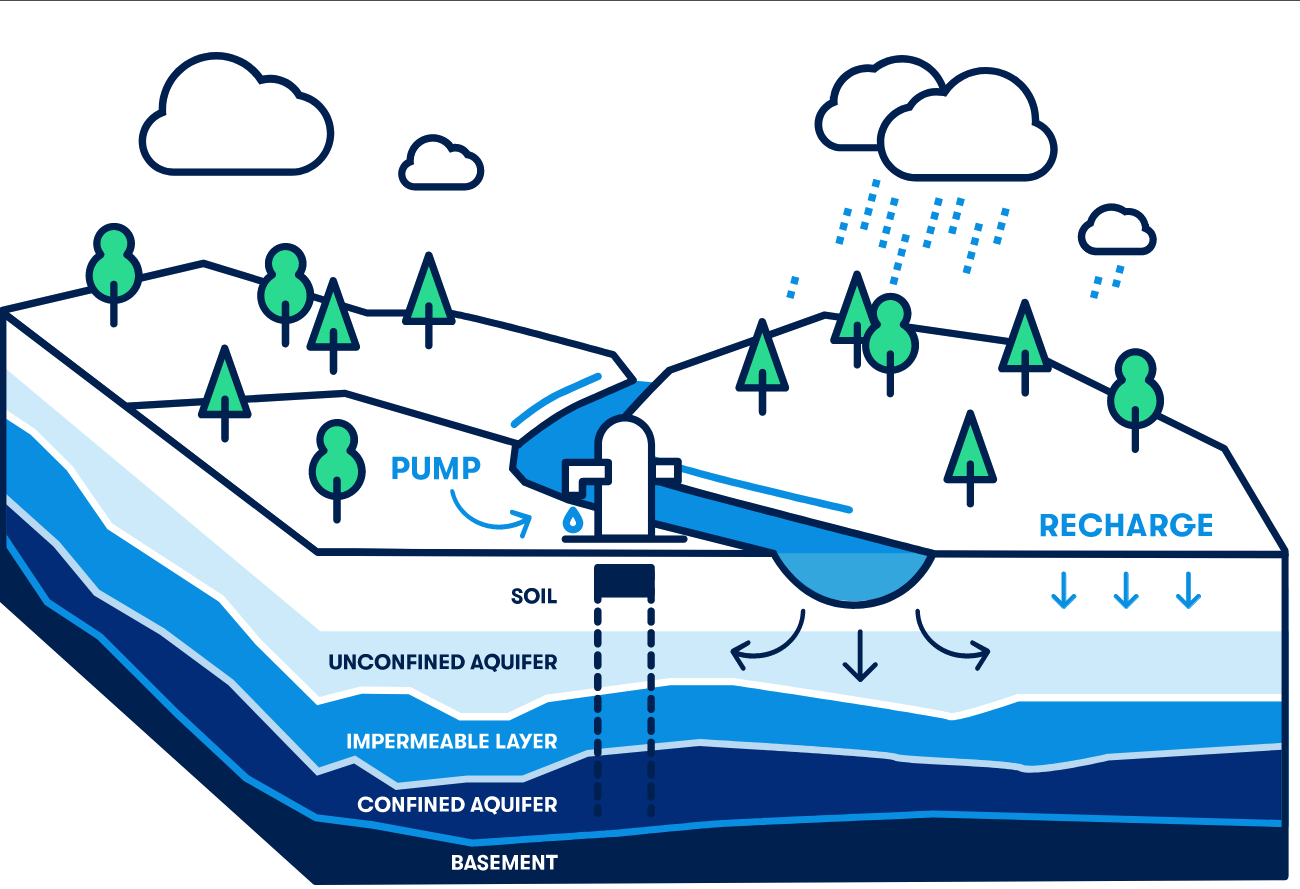
GROUNDWATER
The ground beneath our feet is a mix of rocks, soil, air, and in some places, water. Water can seep through the ground and be stored in the spaces between soil particles. This water is called “groundwater”, and the layer of fully saturated soil is called an “aquifer”. Water stored in aquifers can move between soil particles, almost like very slow underground rivers. As water flows through the soil, it gets filtered and cleaned, and can serve as a source of local fresh water. Groundwater can be removed from an aquifer by pumping.
LOCAL GROUNDWATER BASINS
Groundwater reserves are in many places naturally refilled with rain that soaks into the ground, but can also be intentionally recharged using imported water, recycled water, and captured stormwater through a process referred to as enhanced replenishment. Not all areas of LA County have effective groundwater basins, but those that do sometimes rely on this source for up to 90% of their supplies.
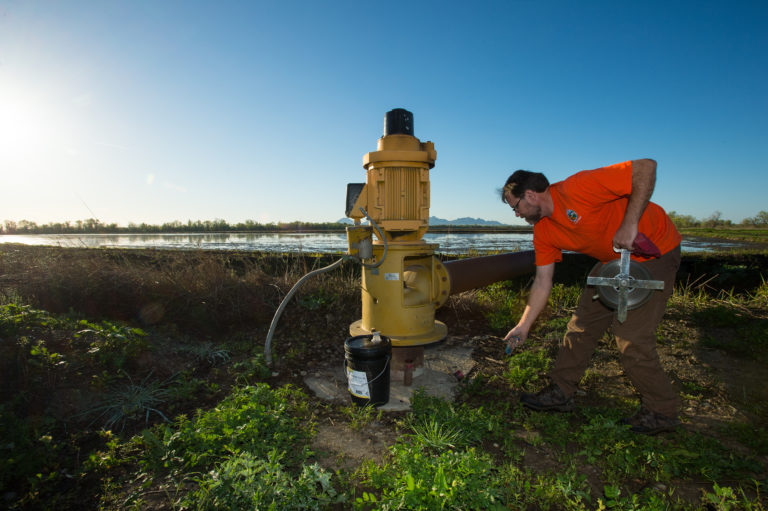
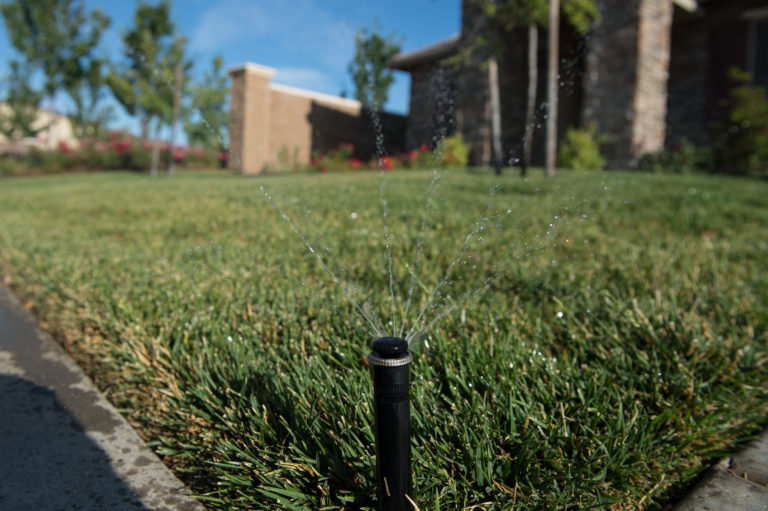
RECYCLED WATER
Much of the water that goes down the drain in our homes and businesses is piped away to water treatment facilities where it goes through several phases of cleaning, treatment, and testing before it is eventually released for reuse. Most recycled water in LA County is put to industrial uses; however, some of it is treated to an even higher standard of purification and used to replenish groundwater basins. The use of recycled water is promoting local sustainability and reducing our reliance on imported sources.
STORMWATER CAPTURE
Under normal circumstances, rainwater would fall to the ground and be absorbed by the earth, where much of it would make its way to underground aquifers, merging with the rest of our groundwater. Of course, in cities covered in concrete, it doesn’t work out this way. Stormwater picks up pollution as it washes off surfaces, through our streets, into storm drains, and eventually spills out into local bodies of water and the ocean. An intricate and expanding system across LA County helps us capture or “harvest” stormwater so it can be treated and then used for purposes like replenishing our groundwater basins.
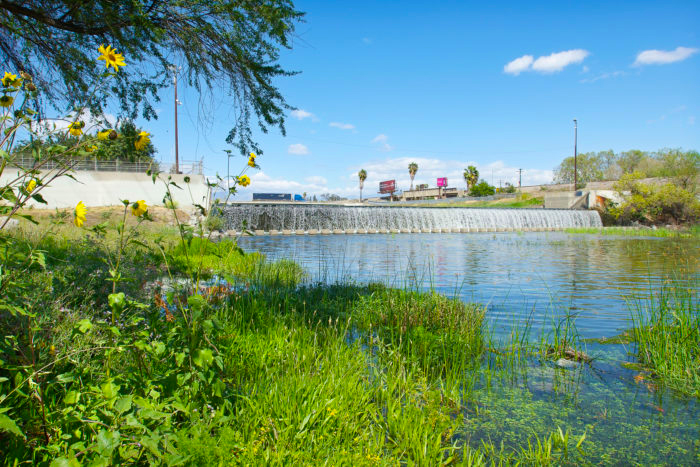
Challenges
In the years to come, LA County’s water supply will face numerous challenges.
Leaks and water evaporation will continue to siphon off a significant amount of imported water as it travels through aqueducts, and the number of people living here continues to increase slowly and steadily. Most critically, climate change has resulted in intense heat and variation in our weather patterns. Water falls differently than it used to. Hotter hot days, more frequent and dryer dry spells, and wetter wet days are the new normal.
LA County’s water infrastructure is tasked with both delivering reliable water to our more than 10 million people and diverting stormwater to prevent flooding. As challenges to our water supply escalate, both our water management system and our own habits around water usage will have to adapt so we can maximize and conserve every last drop.
